Caller Series
11 products
Filter and sort
11 products
Get the edge on the water! Sign up now to receive exclusive fishing tips, early access to new Livingston Lures, and special discounts on our EBS Technology-powered lures. Don’t miss your chance to catch more fish—join our community!
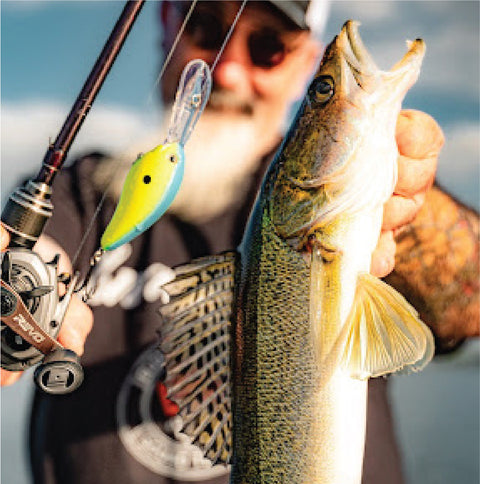
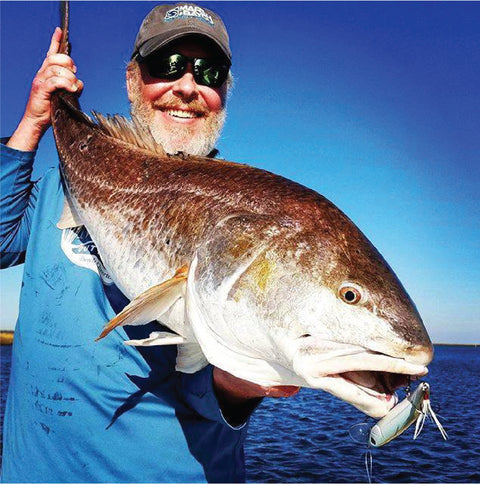
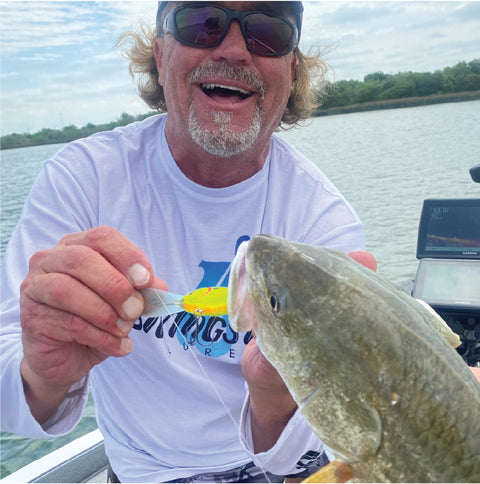
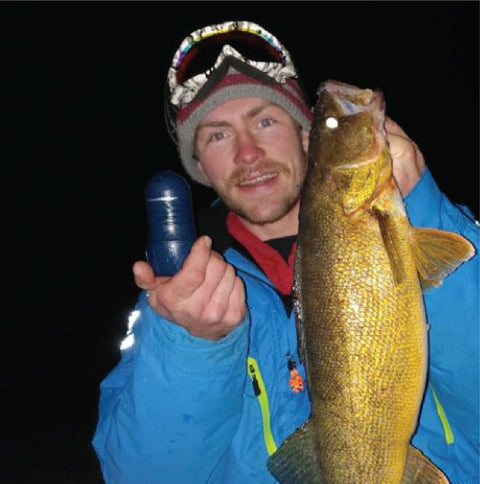
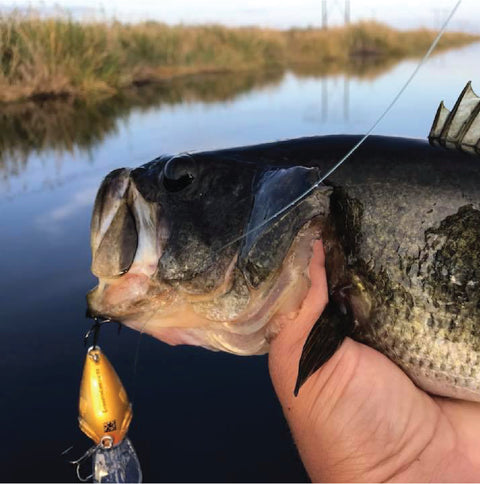
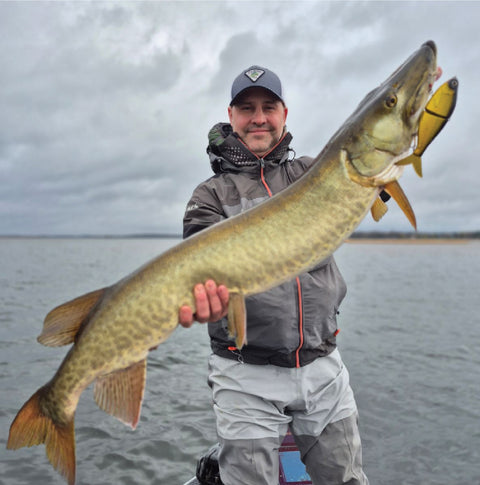
123 John Doe Street
Your Town, YT 12345
Store Hours
Sun: Closed
Mon-Fri: 9:00 - 17:00
Sat: 10:00 - 13:00
What to expect at pickup
Closed
Closing at 5pm
Closing at 5pm
Closing at 5pm
Closing at 5pm
Closing at 5pm
Closing at 1pm
